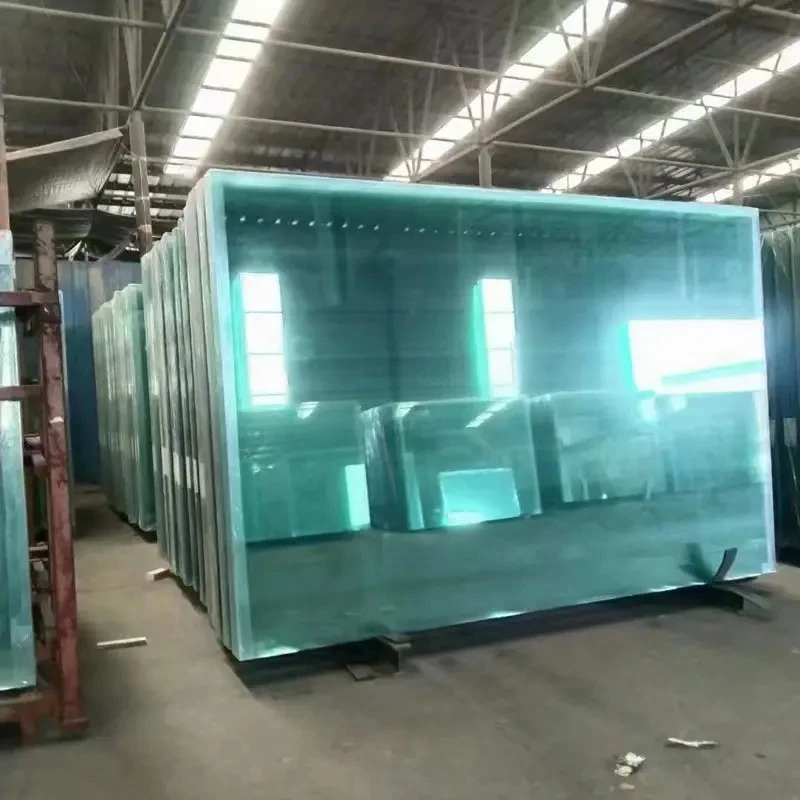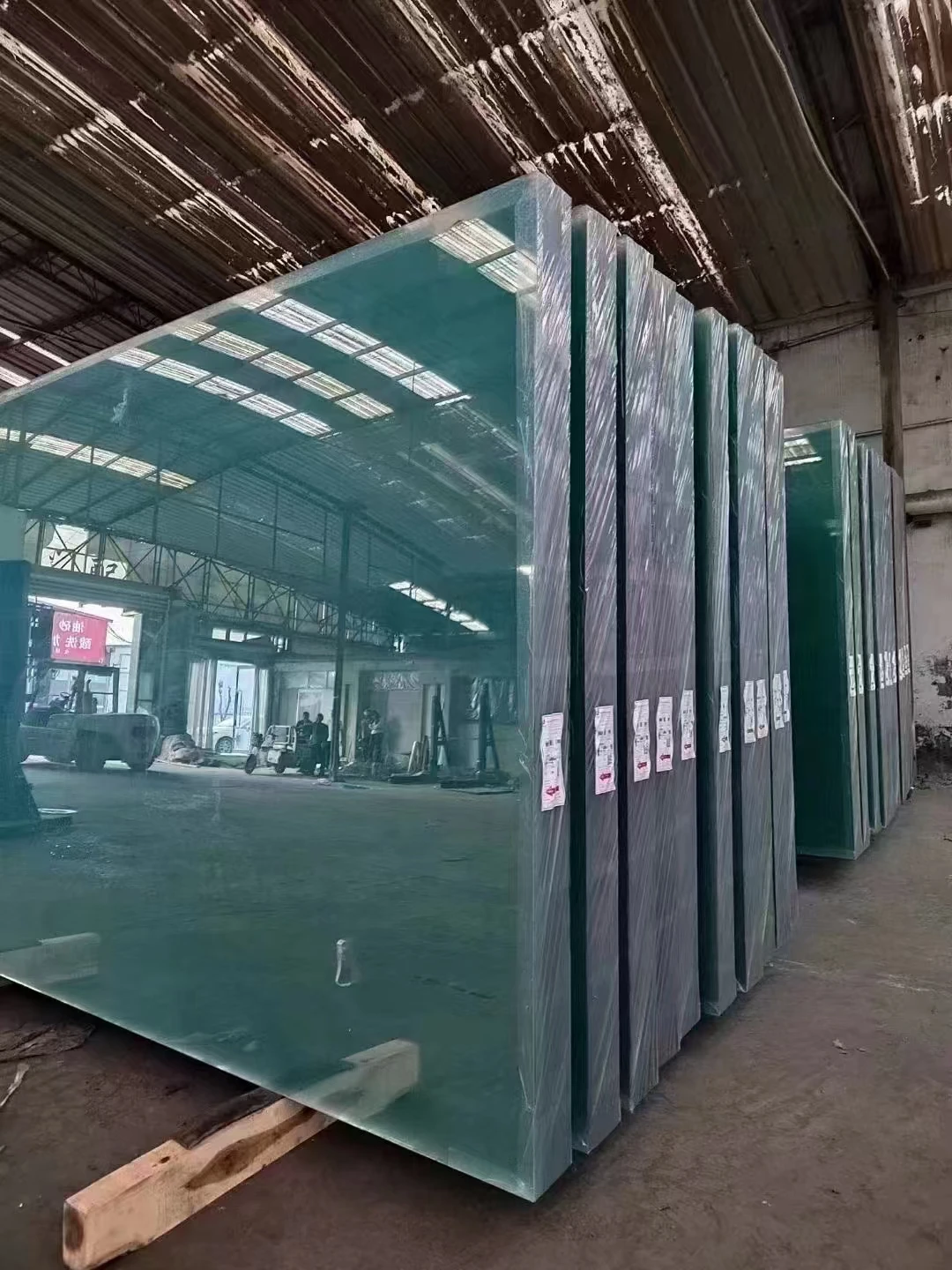- Introduction to Reflective Glass Colors
- Technical Advantages Over Traditional Glass
- Market Analysis: Reflective vs. Tinted Glass
- Cost Comparison of Leading Manufacturers
- Custom Solutions for Architectural Projects
- Real-World Applications and Client Success Stories
- Future Trends in Reflective Glass Price Dynamics

(reflective glass colors)
Understanding Reflective Glass Colors in Modern Design
Reflective glass colors have revolutionized architectural aesthetics by combining functionality with visual appeal. Unlike standard glass, these panels utilize advanced coatings to achieve 15-30% higher solar reflectance, reducing energy consumption by up to 25% in commercial buildings. The technology behind these colors involves nano-scale metallic layers that maintain transparency while reflecting UV and infrared rays. Architects increasingly favor reflective glass for projects requiring LEED certification, as it contributes to 18% of a building’s energy efficiency score.
Technical Advantages Over Traditional Glass
Reflective glass outperforms conventional options in three critical areas:
- Thermal Efficiency: 40% reduction in HVAC costs compared to clear glass
- UV Protection: Blocks 99% of harmful ultraviolet radiation
- Durability: Scratch-resistant coatings last 2-3x longer than standard tints
Recent advancements enable customizable reflectivity levels (8%-75%) without compromising natural light transmission. This flexibility makes reflective glass ideal for both skyscrapers requiring high solar gain reduction and residential spaces prioritizing daylight optimization.
Market Analysis: Reflective vs. Tinted Glass
| Feature | Reflective Glass | Tinted Glass |
|---|
| Light Transmission | 45-72% | 14-68% |
| Solar Reflectance | 25-40% | 8-22% |
| Energy Savings | 18-25% | 9-15% |
| Color Stability | 15+ years | 7-10 years |
Cost Comparison of Leading Manufacturers
| Brand | Price/Sq.Ft (USD) | Reflectivity Range | Warranty |
|---|
| Viracon | $12.50-$18.75 | 20-65% | 20 years |
| Guardian | $10.90-$16.40 | 15-60% | 15 years |
| Saint-Gobain | $14.20-$21.30 | 25-75% | 25 years |
Custom Solutions for Architectural Projects
Manufacturers now offer bespoke reflective glass solutions with:
- Variable thickness (3mm to 12mm)
- 12 standard and 8 premium color options
- Patterned or gradient reflectivity zones
A recent Dubai high-rise project utilized zoned reflective glass to achieve 31% energy savings while maintaining 68% visible light transmission. Custom solutions typically add 15-20% to base costs but deliver 35-50% greater long-term ROI through energy conservation.
Real-World Applications and Client Success Stories
The Salesforce Tower in San Francisco features dual-layer reflective glass that reduces cooling costs by $280,000 annually. Residential clients report 18-22% decreases in energy bills after installing low-E reflective windows. In automotive applications, reflective glass sunroofs maintain cabin temperatures 12°F cooler than traditional models during peak sunlight hours.
Navigating Reflective Glass Price Trends
As demand grows 7.2% annually, reflective glass prices are projected to stabilize between 2024-2027. Bulk purchasers (10,000+ sq.ft) currently secure 12-18% discounts from major suppliers. Emerging vacuum-coated alternatives may reduce costs by 8-12% by 2026 without sacrificing performance. Architects should prioritize suppliers offering reflectivity guarantees backed by third-party certifications like ASTM E2141-21.

(reflective glass colors)
FAQS on reflective glass colors
Q: What are the common applications of reflective glass colors?
A: Reflective glass colors are widely used in modern architecture for energy efficiency and aesthetics. They reduce glare and solar heat gain in skyscrapers and commercial buildings. Their mirrored finish also enhances privacy during daylight hours.
Q: How do tinted glass colors differ from reflective glass colors?
A: Tinted glass colors absorb solar radiation to reduce heat transmission, while reflective glass has a metallic coating to mirror sunlight. Both improve energy efficiency but achieve it through different mechanisms. Reflective glass typically offers higher glare reduction than tinted variants.
Q: What factors influence reflective glass price per square foot?
A: Reflective glass price depends on coating thickness, glass thickness, and brand specifications. Additional costs may arise from custom tints, UV protection layers, or installation complexity. Market demand for specific reflective colors can also affect pricing.
Q: Can reflective glass colors be customized for unique architectural designs?
A: Yes, manufacturers offer custom reflective glass colors through specialized coatings. Architects can select from various reflectivity levels and color tones. However, custom options may increase production time and reflective glass price compared to standard options.
Q: How does maintenance differ between tinted and reflective glass colors?
A: Reflective glass requires careful cleaning to preserve its metallic coating, avoiding abrasive tools. Tinted glass needs less specialized maintenance as its color is embedded in the material. Both types benefit from regular professional cleaning to maintain appearance and performance.
 Afrikaans
Afrikaans  Albanian
Albanian  Amharic
Amharic  Arabic
Arabic  Armenian
Armenian  Azerbaijani
Azerbaijani  Basque
Basque  Belarusian
Belarusian  Bengali
Bengali  Bosnian
Bosnian  Bulgarian
Bulgarian  Catalan
Catalan  Cebuano
Cebuano  Corsican
Corsican  Croatian
Croatian  Czech
Czech  Danish
Danish  Dutch
Dutch  English
English  Esperanto
Esperanto  Estonian
Estonian  Finnish
Finnish  French
French  Frisian
Frisian  Galician
Galician  Georgian
Georgian  German
German  Greek
Greek  Gujarati
Gujarati  Haitian Creole
Haitian Creole  hausa
hausa  hawaiian
hawaiian  Hebrew
Hebrew  Hindi
Hindi  Miao
Miao  Hungarian
Hungarian  Icelandic
Icelandic  igbo
igbo  Indonesian
Indonesian  irish
irish  Italian
Italian  Japanese
Japanese  Javanese
Javanese  Kannada
Kannada  kazakh
kazakh  Khmer
Khmer  Rwandese
Rwandese  Korean
Korean  Kurdish
Kurdish  Kyrgyz
Kyrgyz  Lao
Lao  Latin
Latin  Latvian
Latvian  Lithuanian
Lithuanian  Luxembourgish
Luxembourgish  Macedonian
Macedonian  Malgashi
Malgashi  Malay
Malay  Malayalam
Malayalam  Maltese
Maltese  Maori
Maori  Marathi
Marathi  Mongolian
Mongolian  Myanmar
Myanmar  Nepali
Nepali  Norwegian
Norwegian  Norwegian
Norwegian  Occitan
Occitan  Pashto
Pashto  Persian
Persian  Polish
Polish  Portuguese
Portuguese  Punjabi
Punjabi  Romanian
Romanian  Russian
Russian  Samoan
Samoan  Scottish Gaelic
Scottish Gaelic  Serbian
Serbian  Sesotho
Sesotho  Shona
Shona  Sindhi
Sindhi  Sinhala
Sinhala  Slovak
Slovak  Slovenian
Slovenian  Somali
Somali  Spanish
Spanish  Sundanese
Sundanese  Swahili
Swahili  Swedish
Swedish  Tagalog
Tagalog  Tajik
Tajik  Tamil
Tamil  Tatar
Tatar  Telugu
Telugu  Thai
Thai  Turkish
Turkish  Turkmen
Turkmen  Ukrainian
Ukrainian  Urdu
Urdu  Uighur
Uighur  Uzbek
Uzbek  Vietnamese
Vietnamese  Welsh
Welsh  Bantu
Bantu  Yiddish
Yiddish  Yoruba
Yoruba  Zulu
Zulu 


